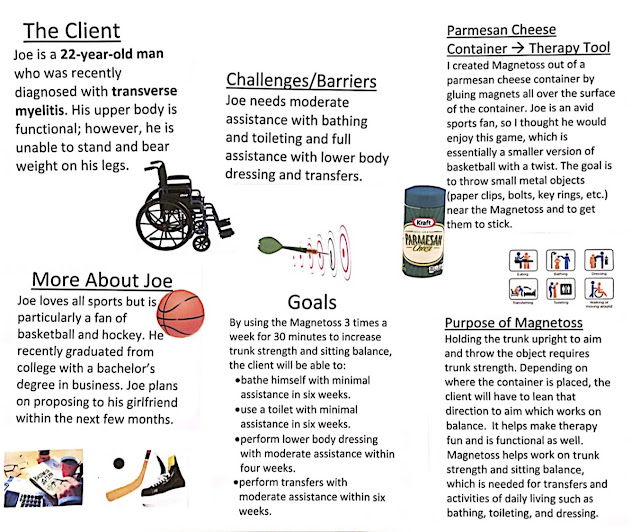For my fourth neuro note, I watched a YouTube video by Kristen Graham about her life with myasthenia gravis. I didn’t have a firm grasp on what this disease entailed, so I chose this video to learn more about what it’s like living with this disease. In the video, Kristen talks about her life with myasthenia gravis, the mistakes she has made, and how she has improved her quality of life. She was diagnosed at age 11 with myasthenia gravis. Her mother initially thought that she had Bell’s Palsy because her face was drooping. Doctors decided to remove her thyroid gland shortly after the diagnosis to help with the symptoms of the disease. About a year after surgery, she didn’t have any symptoms of myasthenia gravis. Health professionals told her to take care of her body to reduce the chances of relapsing. In her late teenage years, it was clear that she didn’t listen to her doctors. She didn’t eat healthy, she drank excessively, and experimented with drugs. In addi...
